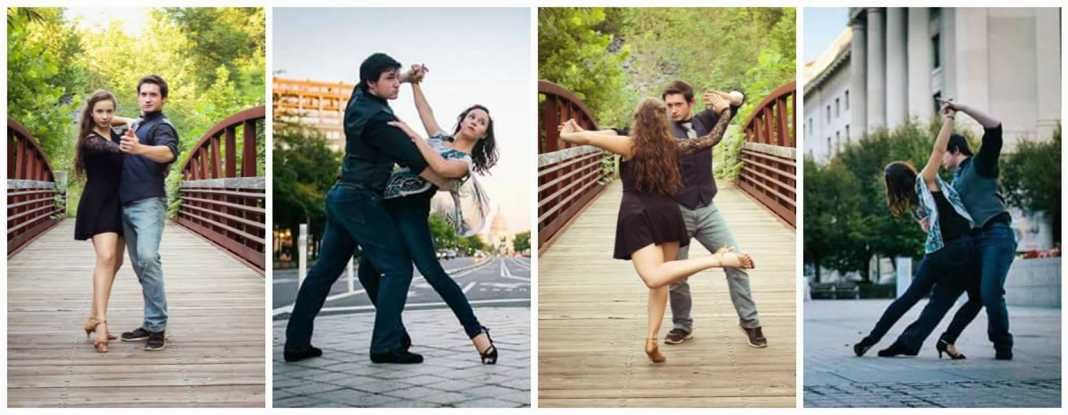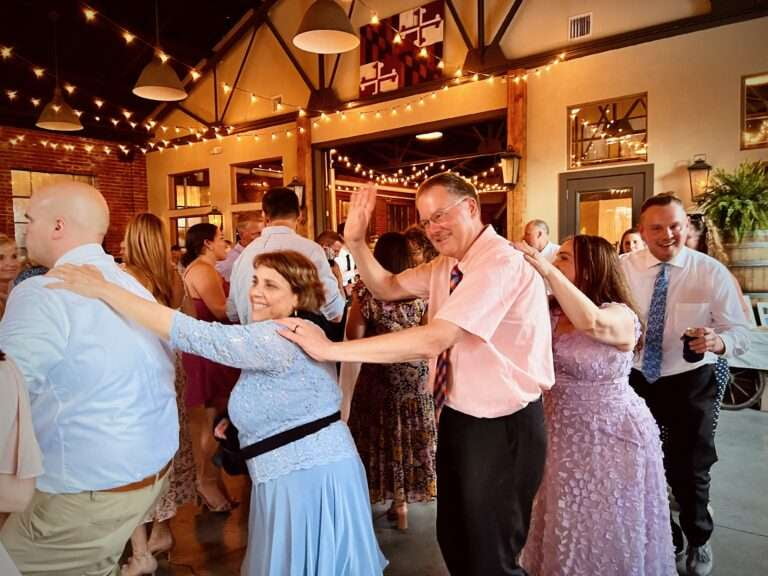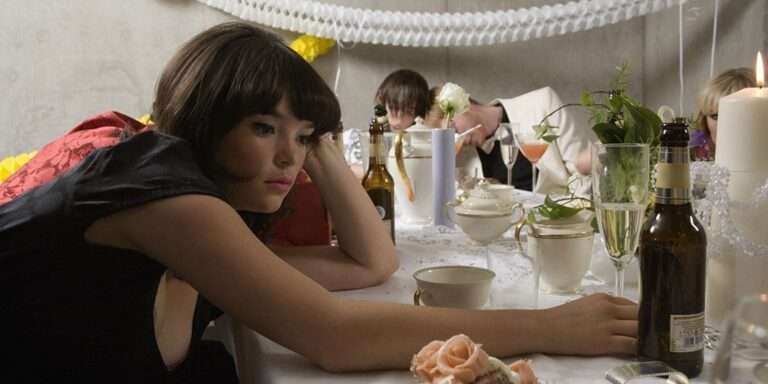What is Ballroom Dance?
Many things come to mind when someone says Ballroom dance. Some think of swaying back and forth stepping on each other’s feet, laughing as you hit the floor. Some think of the ever popular dance tv shows like Dancing With The Stars. Still more think of a stuffy room full of stuffy people holding their noses high, looking, to all the world like a bunch of pinned up peacocks.
Whatever your personal stereotype of Ballroom Dance is, go ahead and get rid of it.
This thing called Ballroom Dance, is movement, to music whenever two people are involved. It just happens to be called Ballroom because that venue is best suited for couples to connect with this wondrous art form. Ballroom Dance is, in its simplest form, a connection between two people, expressed in several dozen styles and characters.
Ballroom Dance has a rich and long history. It is a core idea cloaked by many different personalities arising from many roots in folk dances all around the world. From Europe to Africa, to the Caribbean, and even some originating here in America the many different faces of Ballroom are all beautiful expressions of human connection.
Ballroom dance is the general expression for any dance performed with a partner and began to take shape with the Waltz in Vienna Austria in the mid-1800s. Believe it or not, this elegant dance was to show the world as the Dance of Princesses was originally considered a dirty dance. As it was the first dance to rise in popularity that had the partners touch each other in the frame.
As much as traditionalists tried to stop its popularity from growing among the culture of Austria, Viennese dancers were unphased and were a cultural center at the time allowed for much of Europe to become enamored with this new style. Especially among the upper classes who would watch and perform the athletic performance of this fast-paced dance with vigor. Eventually, this dance was introduced to America where it was slowed to its original tempo and became even more widespread and popular. The faster style eventually becoming known as Viennese Waltz.
While Europe was gripped with the Waltz, African styles of folk dance were continuing to be developed and refined. Many of these dances are brought to Cuba by Africans who were enslaved on the sugar plantations. Their fast-paced flexible movements to drums being mixed with the Cuban and Spanish guitar and romantic sways birthed new hybrid styles like Merengue. Along with Danzon, Son, and Flamenco. As time went by Cuban culture







